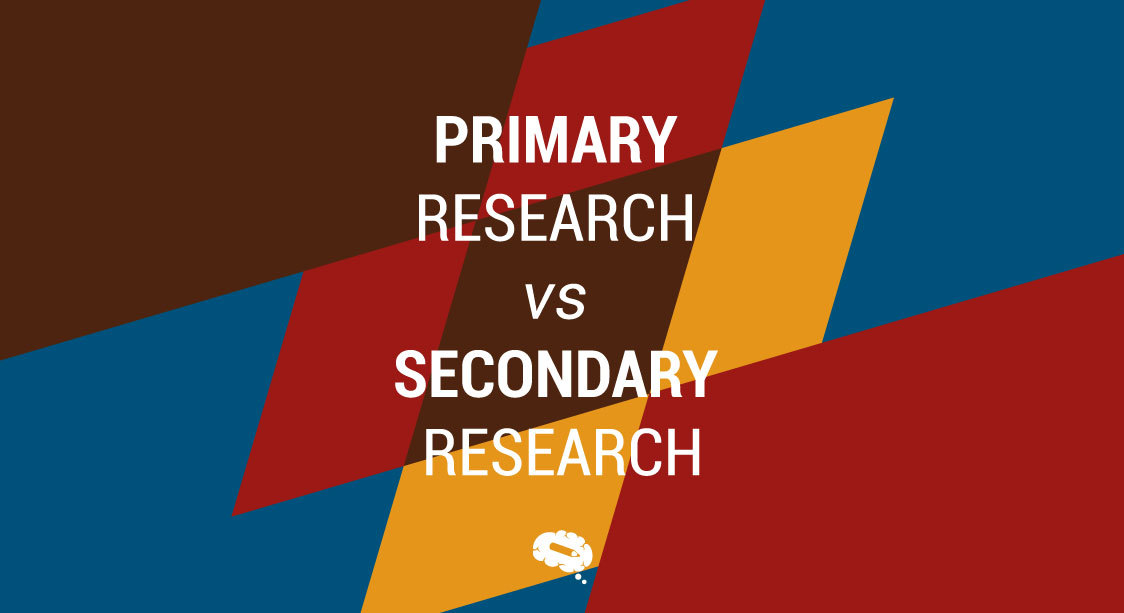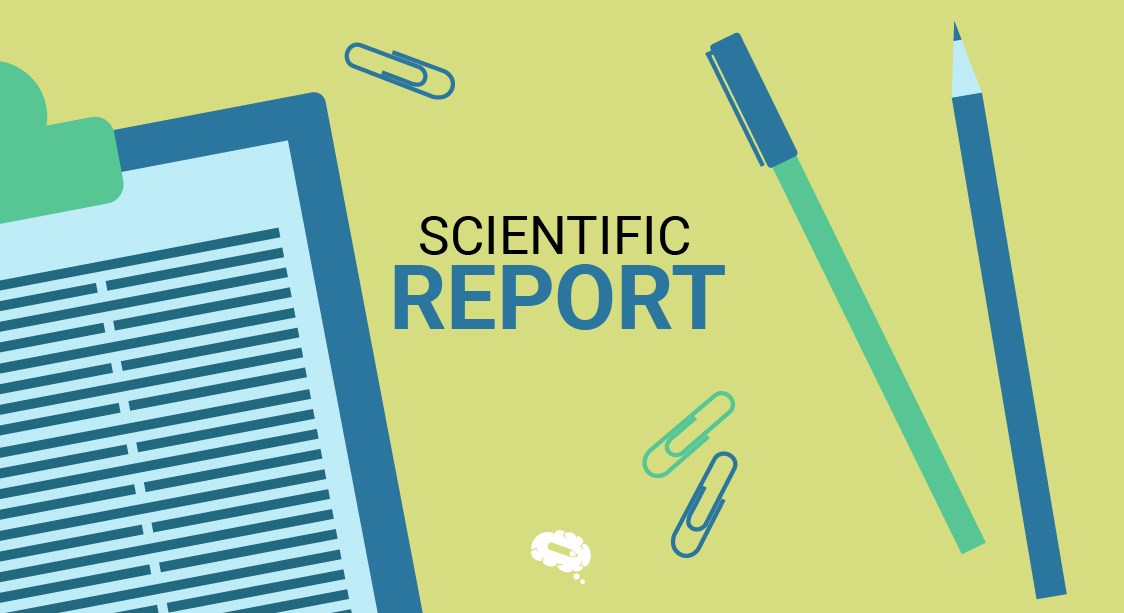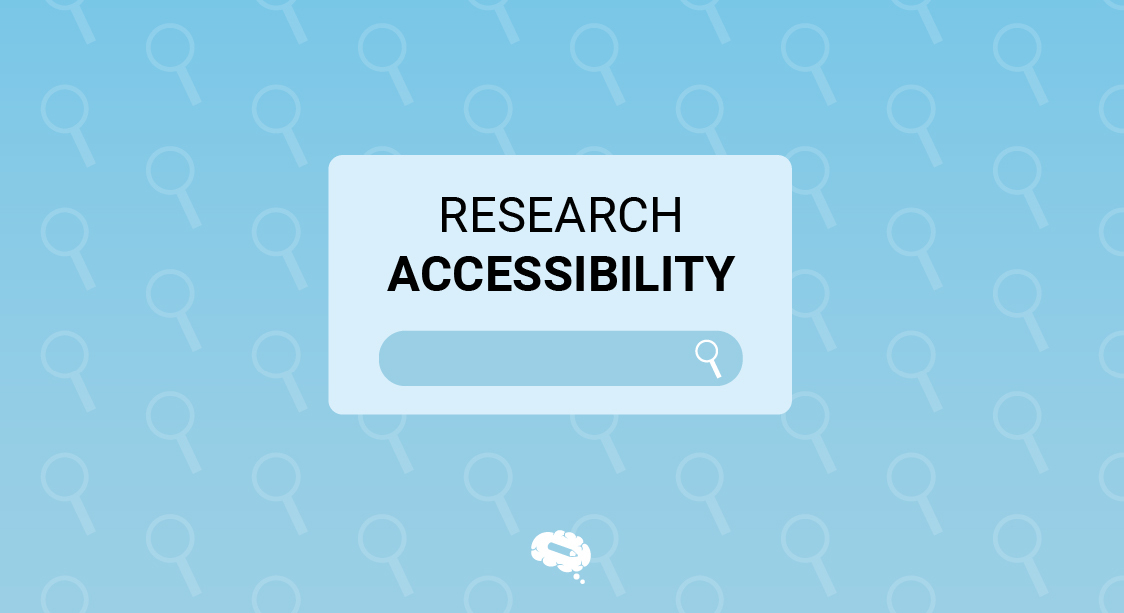Secondary research, also known as desk research or literature review, is a cornerstone of academic inquiry and professional investigation. It involves the analysis and synthesis of existing data, information, and knowledge collected by others, rather than gathering primary data firsthand. In essence, secondary research is akin to standing on the shoulders of giants, leveraging the work of previous researchers to gain insights, validate findings, and generate new knowledge.
This methodological approach holds immense value across various disciplines, from scientific research and social sciences to business analytics and market research. By tapping into a vast reservoir of pre-existing data sources, secondary research enables researchers to explore diverse perspectives, identify patterns, and draw meaningful conclusions without the constraints of time and resources associated with primary data collection.
This article delves into the nuances of secondary research, exploring its significance, methodologies, best practices, and potential pitfalls.
Understanding Secondary Research
Secondary research refers to the systematic examination and analysis of existing data, information, and knowledge sources to address a research question or inquiry. This type of research involves synthesizing data that has already been collected, processed, and published by others, rather than gathering new data through direct observation or experimentation.
Definition Of Secondary Research
Secondary research encompasses a wide range of sources, including but not limited to academic journals, books, government reports, industry publications, market research reports, historical documents, and online databases. Researchers often employ various methods to access and analyze these sources, such as literature reviews, content analysis, meta-analyses, and data mining techniques.
Also read: Chaos to Clarity: Structuring Your Literature Review Format
One of the key characteristics of secondary research is its reliance on pre-existing data and information. Researchers leverage these resources to examine trends, explore relationships, validate hypotheses, and generate new insights within their respective fields of study. Secondary research can be particularly useful when conducting exploratory studies, theoretical investigations, or comparative analyses where access to primary data may be limited or impractical.
Secondary research differs from primary research in several fundamental ways:
- Source of Data: Primary research involves the collection of original data directly from individuals, organizations, or phenomena through methods such as surveys, interviews, experiments, or observations. In contrast, secondary research relies on data that has already been collected, processed, and disseminated by others.
- Time and Resources: Primary research typically requires significant time, effort, and resources to plan, execute, and analyze data collection activities. Secondary research, on the other hand, can be more time-efficient and cost-effective since researchers can access readily available data without the need for direct data collection.
- Control Over Variables: In primary research, researchers have greater control over the research process, including the selection of participants, design of data collection instruments, and manipulation of variables. Secondary research involves analyzing data collected by others, limiting researchers’ control over these factors.
- Depth of Analysis: While primary research allows researchers to delve deeply into specific research questions or hypotheses, secondary research often provides broader insights by synthesizing data from multiple sources and perspectives.
Importance Of Secondary Research
Secondary research plays a crucial role in advancing scientific inquiry, informing evidence-based decision-making, and addressing research questions across various disciplines. Its cost-effectiveness, time efficiency, access to diverse data sources, validation of findings, exploratory insights, historical context, ethical considerations, and promotion of accessibility and reproducibility underscore its importance as a valuable research methodology.
- Cost–Effectiveness: Secondary research is often more cost-effective compared to primary research methods. It eliminates the need for data collection expenses such as survey administration, participant recruitment, and experimental setups, making it an attractive option for researchers with limited budgets.
- Time Efficiency: Secondary research saves valuable time by leveraging existing data sources. Researchers can quickly access a vast array of information without the lengthy process of designing, implementing, and analyzing primary data collection methods.
- Access to Diverse Data Sources: Secondary research provides access to a wide range of data sources, including academic journals, government reports, industry publications, and historical documents. This diversity allows researchers to explore multiple perspectives, validate findings, and conduct comprehensive literature reviews to support their research objectives.
- Validation of Findings: Secondary research enables researchers to validate their findings by comparing and contrasting results across different studies and datasets. This process helps strengthen the robustness and credibility of research outcomes, enhancing confidence in the conclusions drawn from the analysis.
- Exploratory Insights: Secondary research can uncover new insights and hypotheses for further exploration. By synthesizing existing knowledge and identifying gaps in the literature, researchers can generate novel research questions and directions that contribute to the advancement of knowledge within their fields.
- Historical Context and Trends Analysis: Secondary research provides access to historical data, allowing researchers to analyze trends, patterns, and changes over time. This historical perspective enhances understanding of phenomena, facilitates longitudinal studies, and informs future projections and forecasts.
- Ethical Considerations: Secondary research minimizes ethical concerns associated with primary data collection, such as ensuring participant confidentiality, obtaining informed consent, and mitigating potential harm to research subjects. By utilizing existing data, researchers can adhere to ethical principles while still conducting rigorous and impactful research.
- Accessibility and Reproducibility: Secondary research promotes accessibility and reproducibility by making data and findings available to a wider audience of researchers and stakeholders. Transparent reporting of methods and results enhances the credibility and replicability of research outcomes, fostering collaboration and knowledge exchange within the academic community.
Also read: The Importance of Reproducibility in Scientific Research
Key Methods Of Secondary Research
In secondary research, researchers utilize various methods to access and analyze existing data sources. These methods allow researchers to explore diverse perspectives, validate findings, identify patterns, and generate new insights without the constraints of primary data collection.
Data Sources For Secondary Research
Researchers access a variety of sources such as academic journals, government reports, industry publications, books, and online databases.
- Academic Journals: Academic journals contain peer-reviewed research articles spanning various disciplines. They provide in-depth analyses, theoretical frameworks, and empirical findings relevant to specific research topics. Advantages include rigorously reviewed and validated research, while disadvantages may include access fees and potential publication bias.
- Government Reports and Publications: Government agencies produce reports, statistics, and policy documents on a wide range of topics, including demographics, economics, health, and education. These sources offer authoritative data and insights but may be subject to political agendas and limitations in data availability or accessibility.
- Industry Reports and Market Research: Industry reports and market research publications provide data and analysis on specific markets, industries, consumer behaviors, and trends. They offer valuable insights for business planning, market analysis, and strategic decision-making, but may be costly and proprietary.
- Books and Monographs: Books and monographs offer comprehensive reviews, analyses, and interpretations of research topics, theories, and methodologies. They provide historical context, theoretical frameworks, and qualitative insights, but may lack the timeliness and specificity of other sources.
- Online Databases and Repositories: Online databases such as PubMed, JSTOR, and Google Scholar aggregate scholarly literature, research articles, and citations from various sources. They offer extensive search capabilities, access to full-text articles, and citation tracking features, but may require subscriptions or access fees for certain content.
Techniques Of Collating Secondary Research
Different techniques are employed to analyze and interpret secondary data, including literature reviews, content analysis, meta-analysis, data mining, and systematic reviews.
- Literature Review: A literature review involves systematically searching, evaluating, and synthesizing existing research literature on a specific topic or research question. It helps identify gaps in knowledge, theoretical frameworks, and methodologies, providing a comprehensive overview of relevant studies and findings.
- Content Analysis: Content analysis involves analyzing textual, visual, or audiovisual content to identify patterns, themes, and trends. It allows researchers to quantify and interpret qualitative data, uncovering implicit meanings and relationships within a dataset.
- Meta–Analysis: Meta-analysis involves statistically synthesizing data from multiple studies to produce a quantitative summary of findings. It enables researchers to assess the magnitude and consistency of effects across studies, identify sources of variability, and generate more precise estimates of effect sizes.
- Data Mining: Data mining involves extracting patterns, trends, and insights from large datasets using computational techniques and algorithms. It allows researchers to discover hidden patterns, associations, and correlations within complex data structures, facilitating exploratory analyses and predictive modeling.
- Systematic Review: A systematic review involves a rigorous and transparent process of searching, selecting, and synthesizing relevant research studies to address a specific research question. It follows predefined criteria and methodologies to minimize bias and ensure reproducibility, providing robust evidence for informing policy and practice decisions.
Usage Of Secondary Research In Different Fields
Secondary research plays a vital role in academia and market analysis by providing researchers and businesses with access to existing data sources, insights, and knowledge that inform scholarly inquiry, theoretical development, and strategic decision-making.
Secondary Research In Academic Studies
In academia, secondary research methods are essential for synthesizing existing knowledge, identifying research gaps, and developing theoretical frameworks. Through literature reviews, meta-analyses, historical research, and theoretical studies, scholars contribute to the advancement of knowledge within their disciplines.
- Literature Reviews: Researchers conduct literature reviews to synthesize existing knowledge on a particular topic, identify research gaps, and develop theoretical frameworks for further investigation.
- Meta–Analysis: Meta-analyses combine data from multiple studies to provide a comprehensive overview of research findings, assess the magnitude of effects, and identify trends or patterns across studies.
- Historical Research: Historians utilize secondary sources such as archival documents, historical texts, and scholarly publications to analyze past events, trends, and social phenomena.
- Theoretical Studies: Scholars use secondary research to develop and critique theoretical frameworks, test hypotheses, and contribute to the theoretical foundations of their disciplines.
Benefits of Secondary Research in Academia:
- Provides a comprehensive understanding of existing knowledge and research trends.
- Helps identify gaps in the literature and areas for further investigation.
- Supports the development of theoretical frameworks and research hypotheses.
- Facilitates interdisciplinary collaborations and knowledge exchange.
Secondary Research In Market Analysis
In market analysis, secondary research plays a critical role in gathering market data, assessing industry trends, and understanding consumer behavior. Market research reports, competitor analysis, trend tracking, and consumer insights derived from secondary data sources inform strategic decision-making and drive business success.
- Market Research Reports: Analysts use secondary data sources such as market research reports, industry publications, and government statistics to assess market size, trends, consumer behavior, and competitive landscapes.
- Competitor Analysis: Companies analyze secondary data on competitors’ products, pricing strategies, marketing campaigns, and customer feedback to identify strengths, weaknesses, opportunities, and threats in the market.
- Trend Analysis: Market analysts track industry trends, technological advancements, regulatory changes, and macroeconomic indicators using secondary data to anticipate market shifts and inform strategic decision-making.
- Consumer Insights: Secondary research provides insights into consumer preferences, demographics, purchasing behaviors, and market segmentation, helping businesses tailor their products and services to meet customer needs.
Benefits of Secondary Research in Market Analysis:
- Offers cost-effective access to a wide range of market data and insights.
- Helps businesses understand market dynamics, competitive landscapes, and consumer trends.
- Supports evidence-based decision-making and strategic planning.
- Enables companies to anticipate market opportunities and mitigate risks.
Advantages And Disadvantages Of Secondary Research
Secondary research offers numerous benefits for researchers across various fields. It provides a cost-effective and time-efficient means of accessing a diverse range of data sources, validating findings, and generating new insights. Below are the key advantages and disadvantages of secondary research:
Advantages Of Secondary Research
While this article has touched on a few of these benefits previously, let’s revisit and delve into some specific advantages once more.
- Cost–Effectiveness: By utilizing existing data sources, secondary research eliminates the need for expensive data collection methods, making it a cost-effective option for researchers with limited budgets.
- Time Efficiency: Secondary research saves valuable time by providing quick access to a wealth of information, bypassing the lengthy process of primary data collection and analysis.
- Access to Diverse Data Sources: Researchers can access a wide range of data sources, including academic journals, government reports, industry publications, and online databases, allowing for comprehensive literature reviews and validation of findings from multiple perspectives.
- Validation of Findings: Secondary research enables researchers to validate their findings by comparing and contrasting results across different studies and datasets, enhancing the credibility and robustness of research outcomes.
- Exploratory Insights: Secondary research can uncover new insights and hypotheses for further exploration, contributing to the generation of novel research questions and directions within various fields of study.
Disadvantages Of Secondary Research
Despite its advantages, secondary research also presents certain limitations and challenges that researchers need to consider. Below are the key disadvantages of secondary research:
- Limited Control Over Data Quality: Researchers have limited control over the quality and reliability of secondary data sources, which may be outdated, incomplete, or biased, leading to potential inaccuracies in research findings.
- Potential for Biases: Secondary data sources may be subject to biases introduced by the original data collectors or authors, such as publication bias, selection bias, and reporting bias, which can distort research findings and affect the validity of conclusions.
- Data Availability and Accessibility: Some secondary data sources may be inaccessible or proprietary, requiring researchers to rely on publicly available datasets or pay for access to certain information, which may limit the scope and depth of research studies.
- Lack of Contextual Information: Secondary data often lacks detailed documentation about data collection methods, sample characteristics, and measurement instruments, making it challenging for researchers to interpret findings accurately and draw meaningful conclusions.
- Incompatibility of Data Sources: Integrating data from multiple sources with varying formats, definitions, and measurement scales can pose challenges for researchers, leading to inconsistencies and data integration issues that require careful validation of results.
Secondary Research Best Practices
- Define Clear Objectives: Clearly define your research objectives and questions to guide your secondary research process. This ensures focus and clarity when selecting relevant data sources and methodologies.
- Select Reliable Data Sources: Choose reputable and reliable sources for your secondary research, such as peer-reviewed journals, government reports, and reputable databases. Verify the credibility and validity of sources to ensure the quality of your data.
- Use Multiple Sources: Utilize multiple data sources to triangulate findings and validate results. Combining diverse sources enhances the robustness and reliability of your research outcomes.
- Conduct Comprehensive Literature Reviews: Thoroughly search and review existing literature related to your research topic. A comprehensive literature review helps identify gaps, trends, and key insights to inform your study.
- Document Your Process: Keep detailed records of your secondary research process, including search strategies, data sources, and selection criteria. Transparent documentation ensures reproducibility and enhances the credibility of your research.
- Evaluate Data Quality: Assess the quality and reliability of secondary data sources, considering factors such as relevance, currency, accuracy, and methodological rigor. Scrutinize potential biases and limitations in the data to mitigate risks.
- Critically Analyze Findings: Critically analyze and interpret secondary research findings, considering the context, assumptions, and limitations of the data. Exercise caution in drawing conclusions and avoid overgeneralization or misinterpretation.
- Synthesize and Summarize Insights: Synthesize key insights from your secondary research findings and present them in a clear and concise manner. Summarize relevant trends, patterns, and implications to inform decision-making and further research.
- Acknowledge Sources Appropriately: Properly cite and acknowledge the sources of your secondary research data to uphold academic integrity and avoid plagiarism. Follow citation guidelines and provide clear references for all borrowed information.
- Stay Ethical: Adhere to ethical principles in conducting secondary research, including respect for intellectual property rights, confidentiality of data, and transparency in reporting methods and findings. Maintain integrity and professionalism throughout the research process.
Science Figures, Graphical Abstracts, And Infographics For Your Research
With easy-to-use templates, customization options, and a vast library of scientifically accurate illustrations, Mind the Graph allows researchers to efficiently communicate complex research findings.. The platform supports collaboration, offers data visualization tools, and provides educational resources to enhance scientists’ visual communication skills. Mind the Graph facilitates the creation of publication-ready graphics that effectively convey research insights to both scientific and non-scientific audiences.

Subscribe to our newsletter
Exclusive high quality content about effective visual
communication in science.






